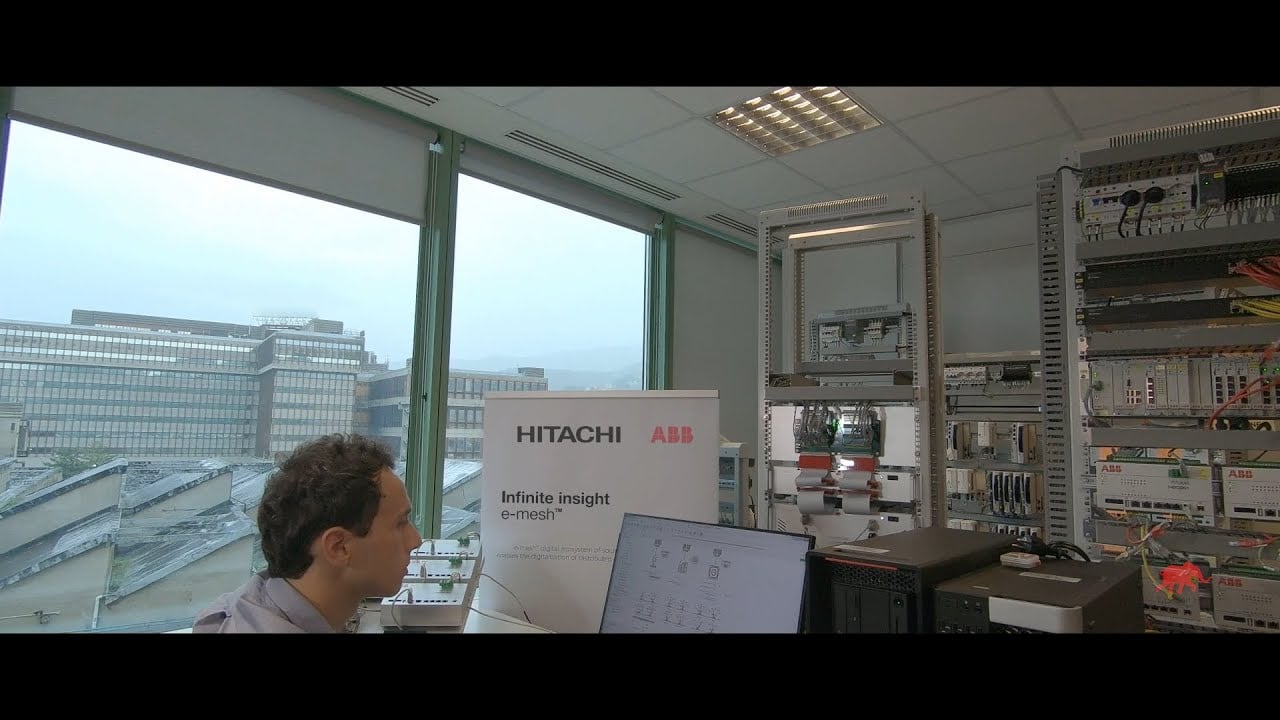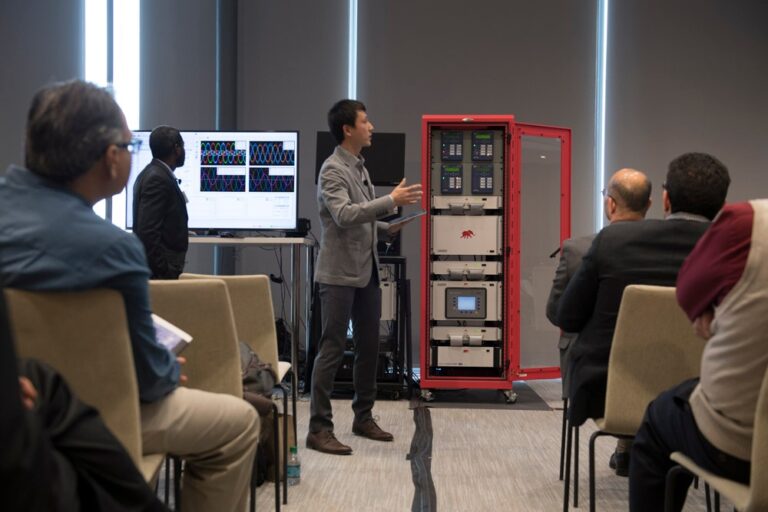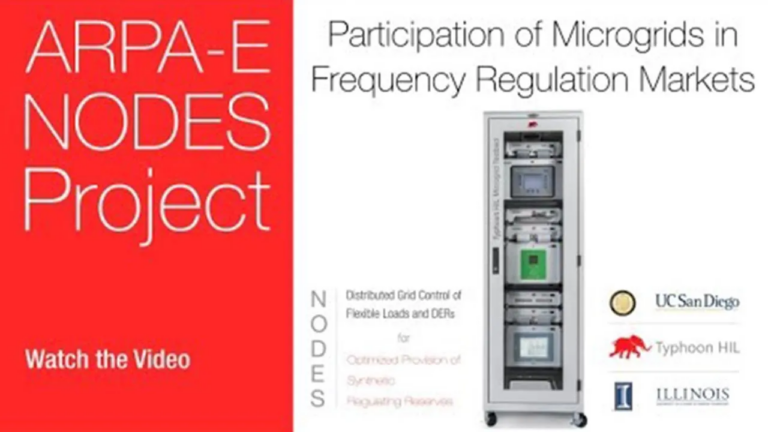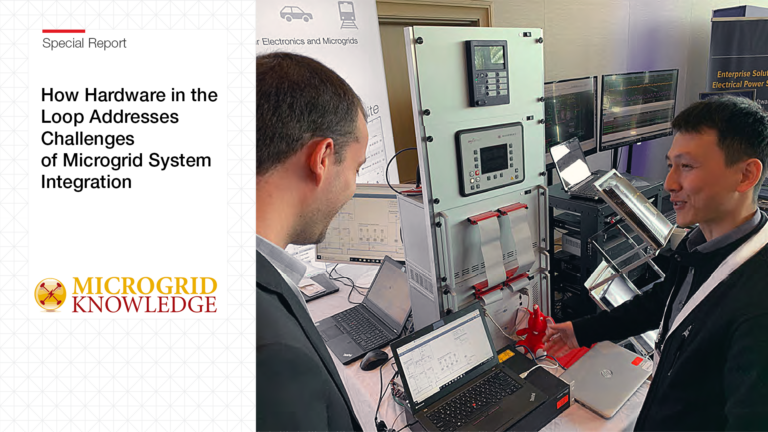The Industry Spotlight series features global leaders who are using model-based test solutions and HIL technology for their leading-edge projects in the power electronics and power systems industry.
Hitachi Energy is a pioneering technology leader in advanced automation systems and digital energy solutions for utilities, industry sectors, mobility, IT, cities, and remote communities.
Tilo Buehler, Global Product Manager; Luca Cicognani, Strategic Partnerships Manager; and Michele Fusero, Senior R&D Engineer at the Grid Automation Business Unit, discuss the key advantages of using Typhoon HIL C-HIL technology for designing and testing Hitachi Energy e-mesh controls.
Why did Hitachi Energy use Typhoon HIL solutions?
Tilo Buehler: Typhoon Hardware-in-the-Loop was the tool of choice as an integral part of our toolchain, where the process of the integration starts with the actual design works all the way into the operational part.
Luca Cicognani: To test the real functionality of the system and understand if our solution is covering the customer needs in the early stage of the development of the project.
Michele Fusero: The Typhoon HIL simulator helps us to push the limits in our testing. It is a digital twin of our power system and easy to access in our lab.
What are some challenges to power system control design and testing?
Tilo Buehler: SIL environment is the basic development tool, but to ensure that the system works, we needed to have a system environment to test the individual algorithms.
Michele Fusero: We used to do testing on-site. But normally that implies a limited timeframe to run our tests and a limited number of test cases that can be executed.
What is C-HIL?
Tilo Buehler: C-HIL is basically the combination of real hardware controllers with a computer simulation of the power system.
Michele Fusero: We did not have to modify our control, but we could use the flexibility of the simulator and then start testing.
Tilo Buehler: We could work with very good support from Typhoon HIL in getting the system set up and operational in a very short amount of time.
How did C-HIL help accelerate microgrid control development and testing?
Michele Fusero: Having standard models that are optimized to run in real-time, already available in the library of the simulator, has helped us quickly set up microgrid models. And the flexibility to adapt these models easily to have the required connection to our controllers. We can save four to five months in the development.
What are some examples of test scenarios?
Michele Fusero: For example, if a battery gets too overcharged, we will have to wait for the batteries to charge and that takes time. In the simulation, we can just press the button and simulate that specific condition. We can simulate in detail the disconnection event, verify the response of our controllers, and monitor the response of our battery energy storage system to keep the grid alive with limited disturbances. We can also simulate the sudden loss of a generating unit that could be a PV Plant. Then verify the transition of our system from a grid-connected condition to an islanded condition.
What are the key advantages of C-HIL?
Tilo Buehler: We can cover many test cases and thereby can have good confidence that the control solution that we have developed will work. We can also do tests in a low-cost environment that beforehand required a full system realization.
Luca Cicognani: It is a way to save cost for us but also for the customer.
What does HIL Tested mean in one word?
Michele Fusero: Typhoon HIL tested means flexibility.
Luca Cicognani: HIL Tested is reliable and optimized.
Tilo Buehler: HIL Tested means great performance.
Credits
Authors | Samantha Bruce
Visuals | Typhoon HIL
Editor | Debora Santo



